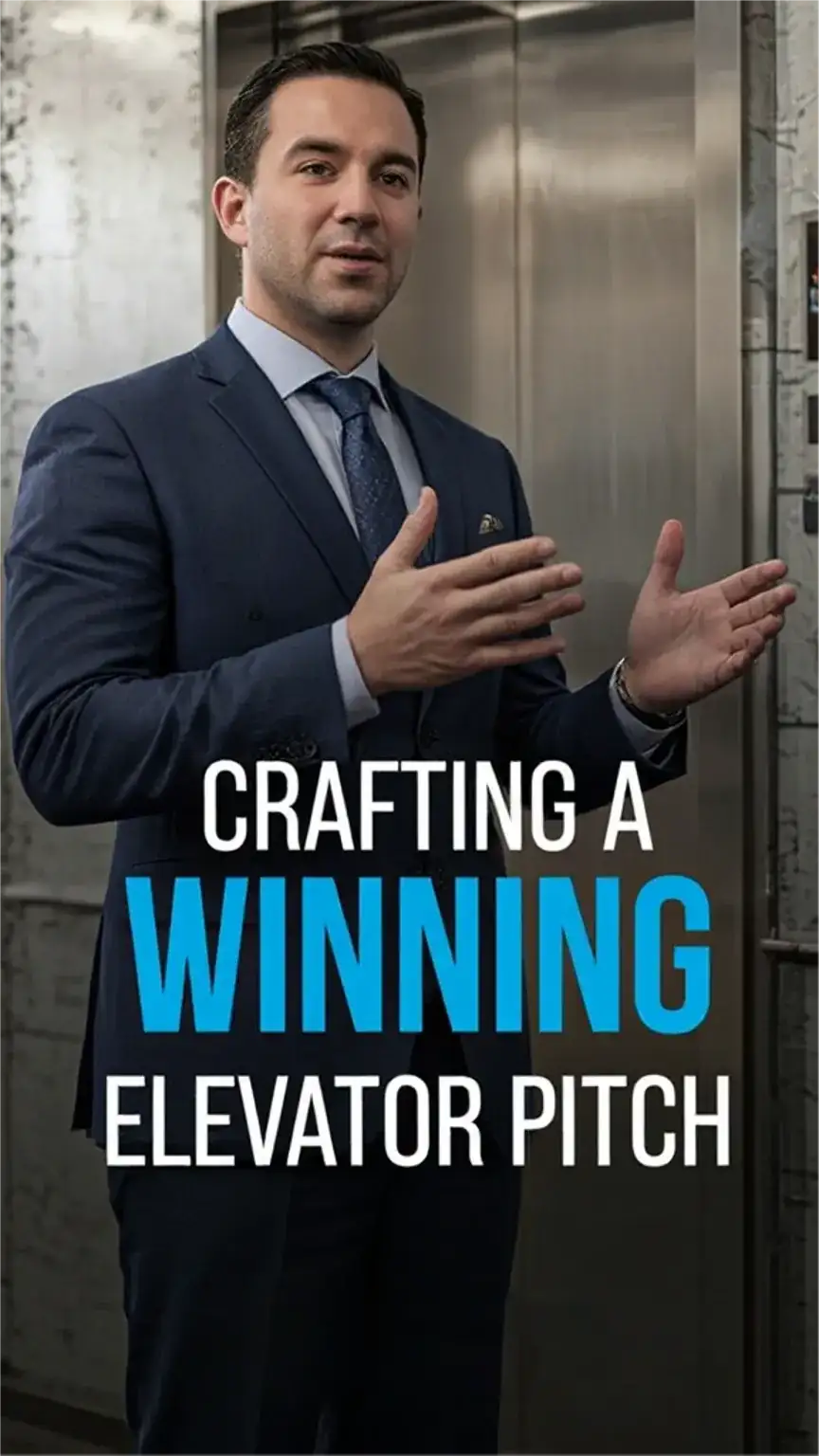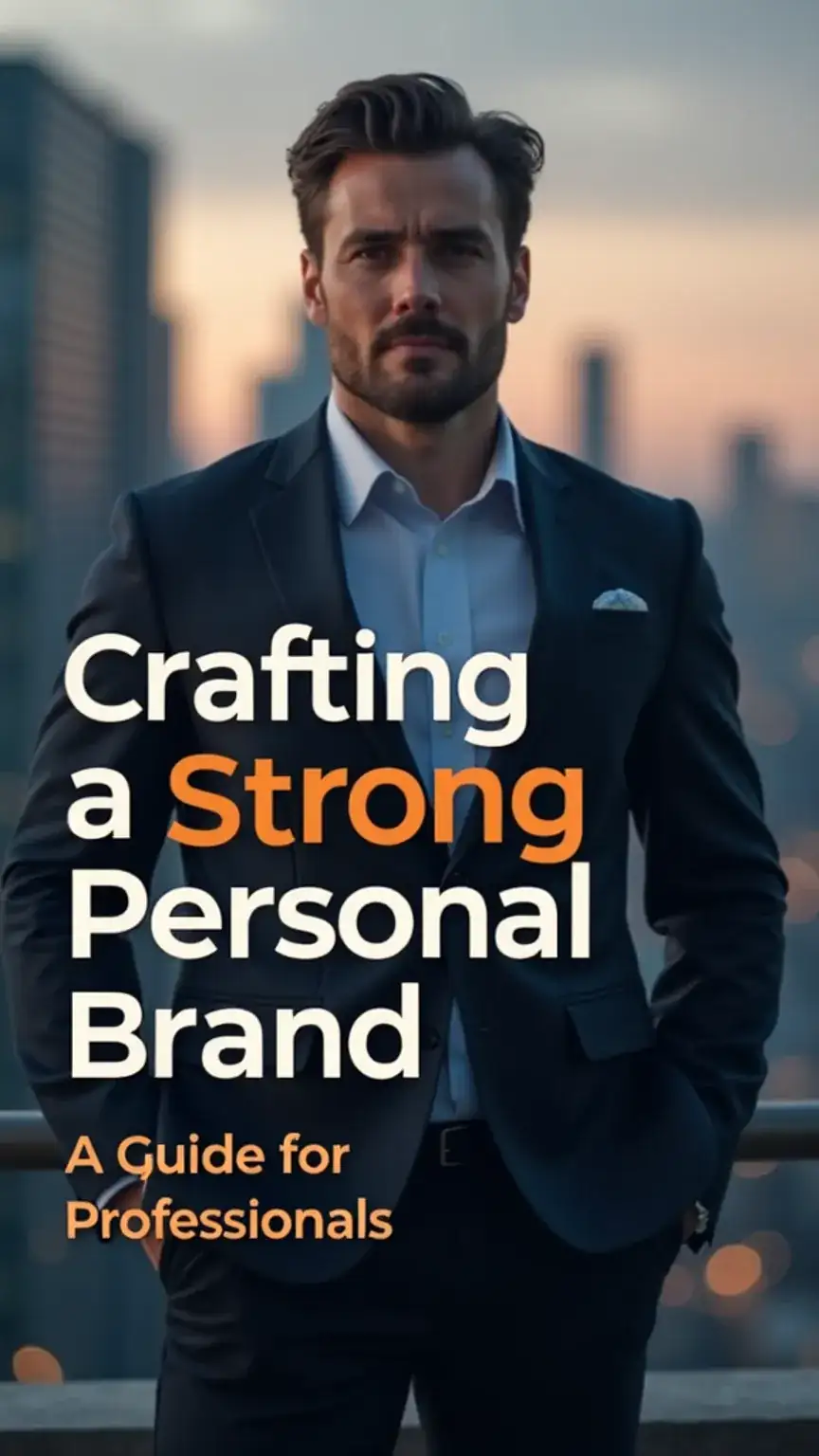As a guy who’s been there, I know how tough it can be to nail a winning elevator pitch. Whether you’re networking, job hunting, or looking to grow your professional network, having a solid pitch can make all the difference. It’s not just about what you say; it’s about how you say it, and the impact you leave. Imagine walking into a room where your confidence precedes you, where a brief, compelling introduction opens doors to new opportunities. That’s the power of a well-crafted elevator pitch. It’s your personal branding superpower in miniature form.
Unlock Your Potential: Mastering the Art of the Elevator Pitch
You’ve probably heard the advice: “Be concise,” “Highlight your strengths.” But how do you translate that into something authentic, memorable, and, dare I say, exciting? Let’s face it, the standard, dry recitation of your resume can leave even the most promising connections feeling underwhelmed. We’re aiming for something more, something that sparks curiosity and creates a genuine connection. This isn’t just about getting a business card; it’s about planting a seed that can grow into something significant. For the ladies reading this, consider this your cheat sheet for the man in your life who might be great at his job but struggles to articulate why he’s great. Bookmark this for your husband, boyfriend, or even your ambitious son.
The Foundation: Defining Your Core Message
Before you even think about practicing in front of a mirror, you need to dig deep. What is the absolute essence of what you do or what you offer? This is your unique value proposition. Think about what makes you stand out in a sea of similar professionals. It’s not just your job title; it’s the unique blend of skills, experience, and passion that you bring. Take some time to really reflect on this. Jot down your key strengths, your most significant accomplishments, and the problems you consistently solve.
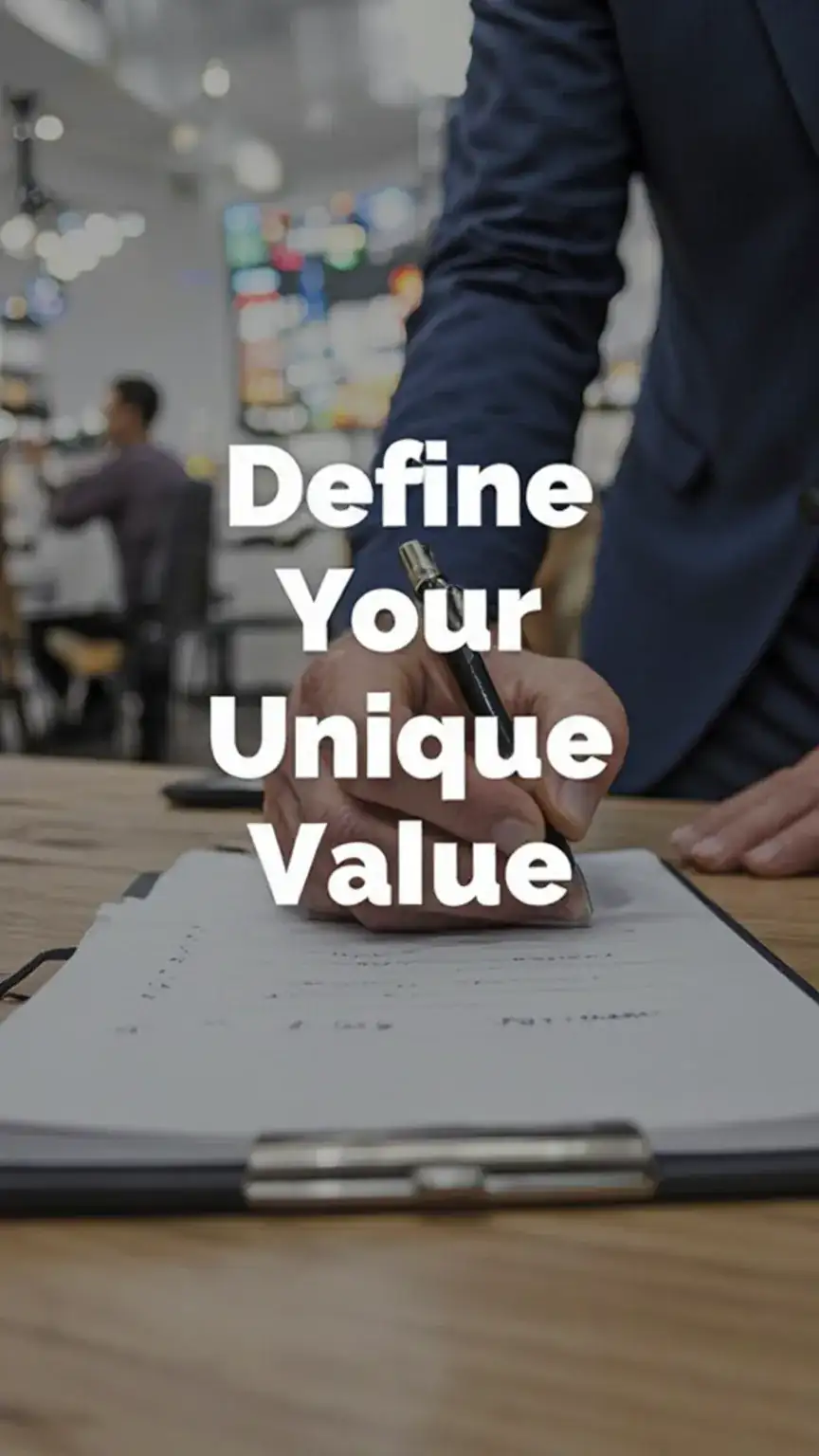
Don’t be afraid to get specific. Instead of “I’m a marketing manager,” try “I help tech startups increase their customer acquisition by an average of 30% through data-driven content strategies.” See the difference? One is a label; the other is a benefit. This foundational step is crucial. For example, Dave, a 45-year-old accountant who landed his dream client after revamping his LinkedIn profile photo and accompanying bio (which is essentially a written elevator pitch!), attributes his success to clearly defining his niche: “Financial clarity for small business owners.”
The Mechanics of a Memorable Pitch: Brevity and Impact
Now that you’ve got your core message, it’s time to sculpt it. The ideal elevator pitch is short – think 30 seconds to a minute, maximum. Any longer, and you risk losing your audience’s attention. It’s called an elevator pitch for a reason; it should be deliverable during a brief ride. This means every word counts. Practice it until it flows naturally, without sounding rehearsed or robotic. It should feel like a genuine, albeit concise, conversation.
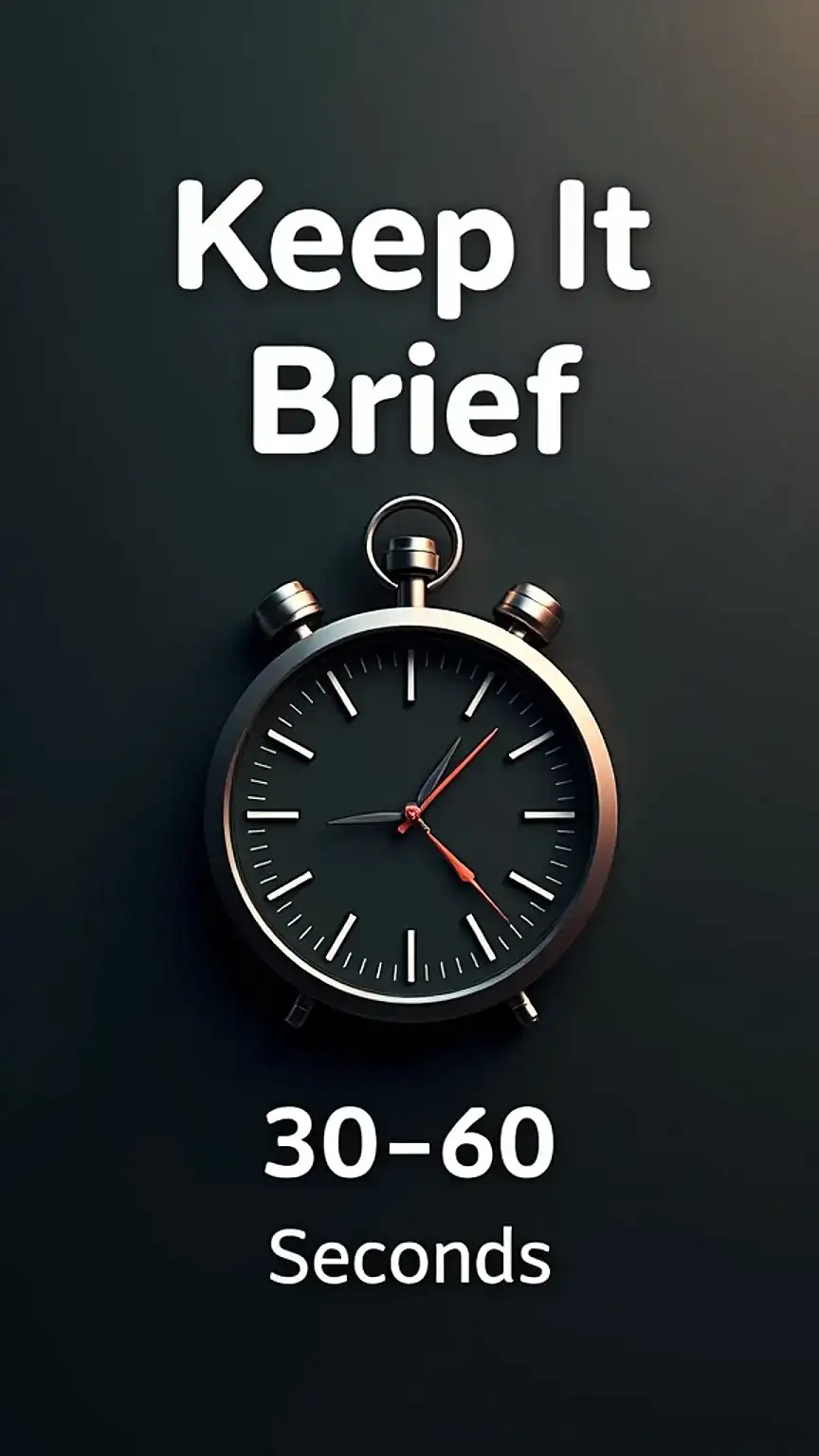
Furthermore, consider your audience. Are you speaking to a potential investor, a peer, or a future employer? Tailor your language and focus accordingly. While your core message remains the same, the emphasis can shift. For instance, to an investor, you might emphasize ROI and scalability. To a peer, you might highlight collaboration opportunities. This adaptability is a key component of professional networking.
Shifting from Features to Benefits: The “So What?” Factor
This is where many pitches fall flat. You might be tempted to list your skills and experience – your “features.” However, what truly resonates with people are the benefits you provide. Ask yourself: “So what?” For every skill or accomplishment you mention, ask yourself, “How does this help the person I’m talking to?” or “What problem does this solve for them?”

For example, if you’re a software developer, instead of saying “I’m proficient in Python and Java,” you could say, “I build robust, scalable web applications that streamline business operations and boost efficiency.” The latter immediately communicates value. It answers the implicit “What’s in it for me?” question. This focus on benefits is what transforms a simple introduction into a persuasive statement.
The Power of Narrative: Weaving Stories into Your Pitch
Facts and figures are important, but stories are what people remember. Incorporating a brief anecdote or a compelling example can make your pitch far more engaging and relatable. A well-placed story can illustrate your skills, showcase your passion, and leave a lasting impression. It adds a human element to your professional persona.
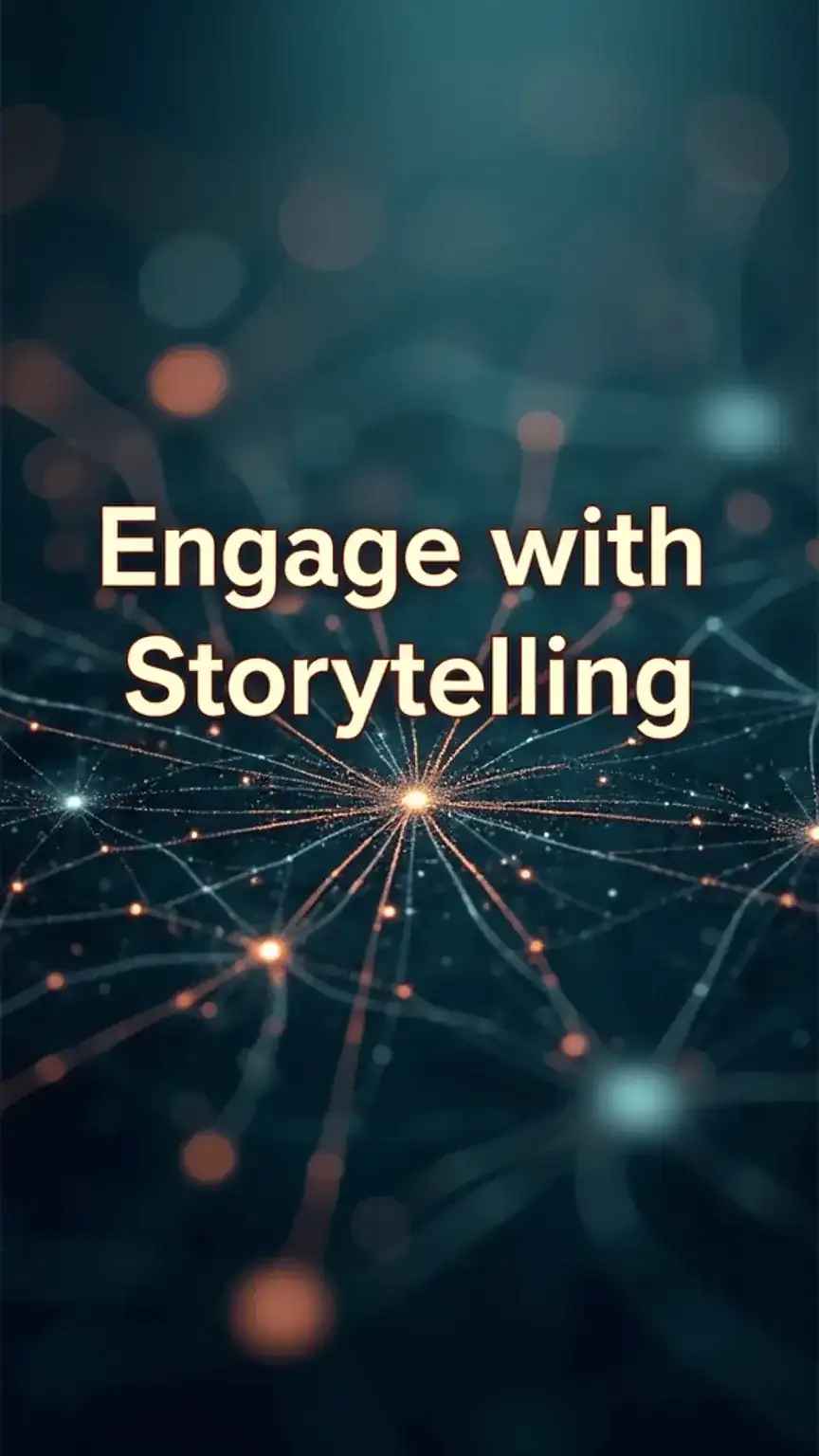
Think about a time you faced a challenge and overcame it, or a success you achieved that directly relates to what you offer. A short, impactful story can demonstrate your problem-solving abilities or your commitment. For instance, “I once helped a struggling e-commerce client increase their sales by 50% in just six months by implementing a targeted social media strategy. It was incredibly rewarding to see their business thrive.” This kind of narrative is far more powerful than just stating your expertise.
The Magic of Practice: Refining Your Delivery
You’ve defined your message, focused on benefits, and considered storytelling. Now, it’s time to bring it all together. Practice is paramount. Rehearse your pitch until it feels like second nature. Don’t just say it aloud; record yourself. Listen back to your tone, pacing, and clarity. Are you speaking too quickly? Is your voice confident?
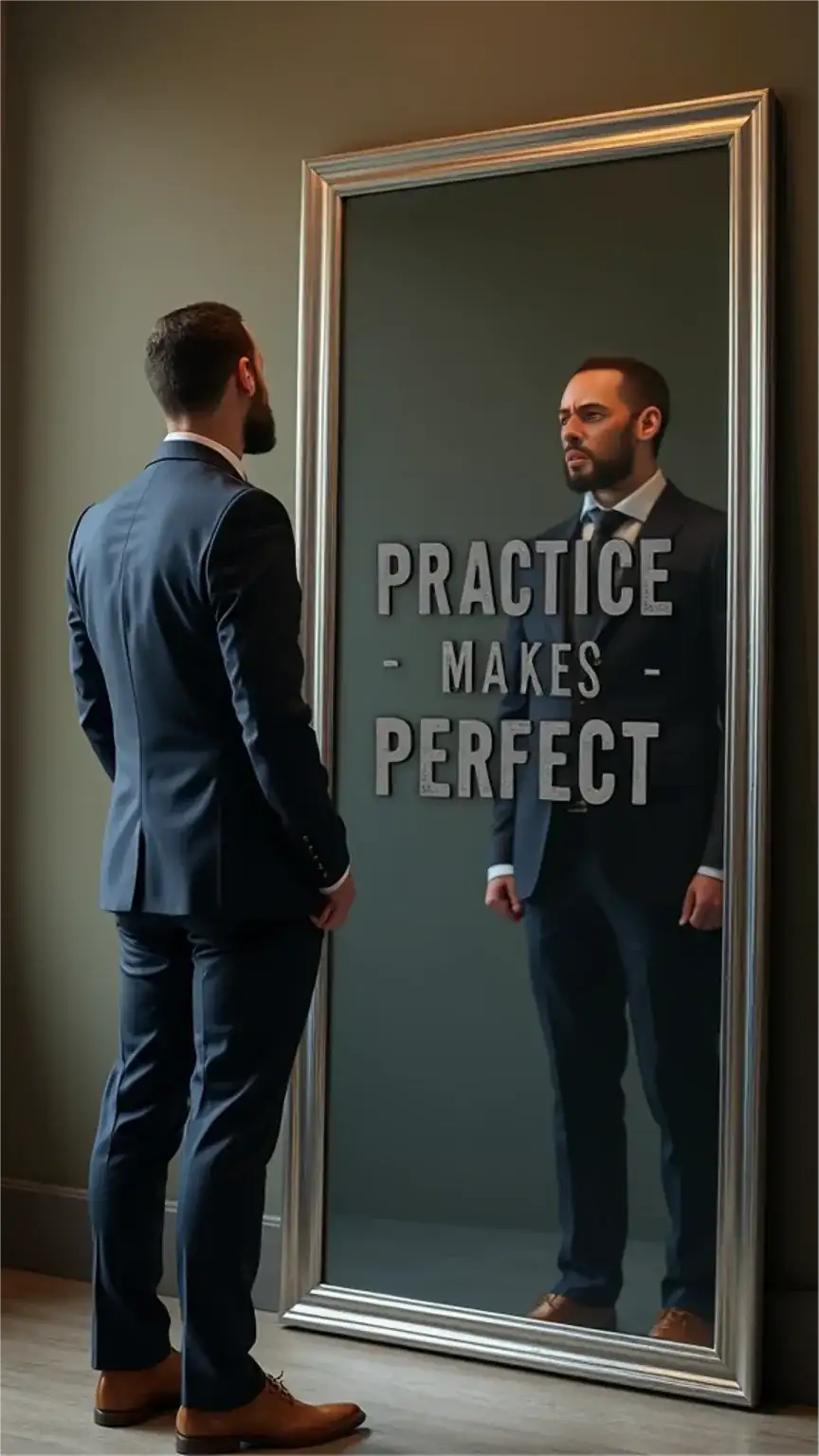
Practice in front of friends, family, or colleagues. Ask for their honest feedback. Do they understand what you do? Are they intrigued? Sometimes, an outside perspective can highlight areas for improvement that you might miss. This iterative process of practice and feedback is key to honing a truly effective elevator pitch. Remember, the goal is to sound confident and natural, not rehearsed.
Tailoring Your Pitch: The Art of Customization
One size does not fit all when it comes to elevator pitches. The most effective pitches are tailored to the specific audience and context. What works for a casual networking event might not be appropriate for a formal job interview. Before you engage, take a moment to consider who you’re speaking with and what their interests might be.
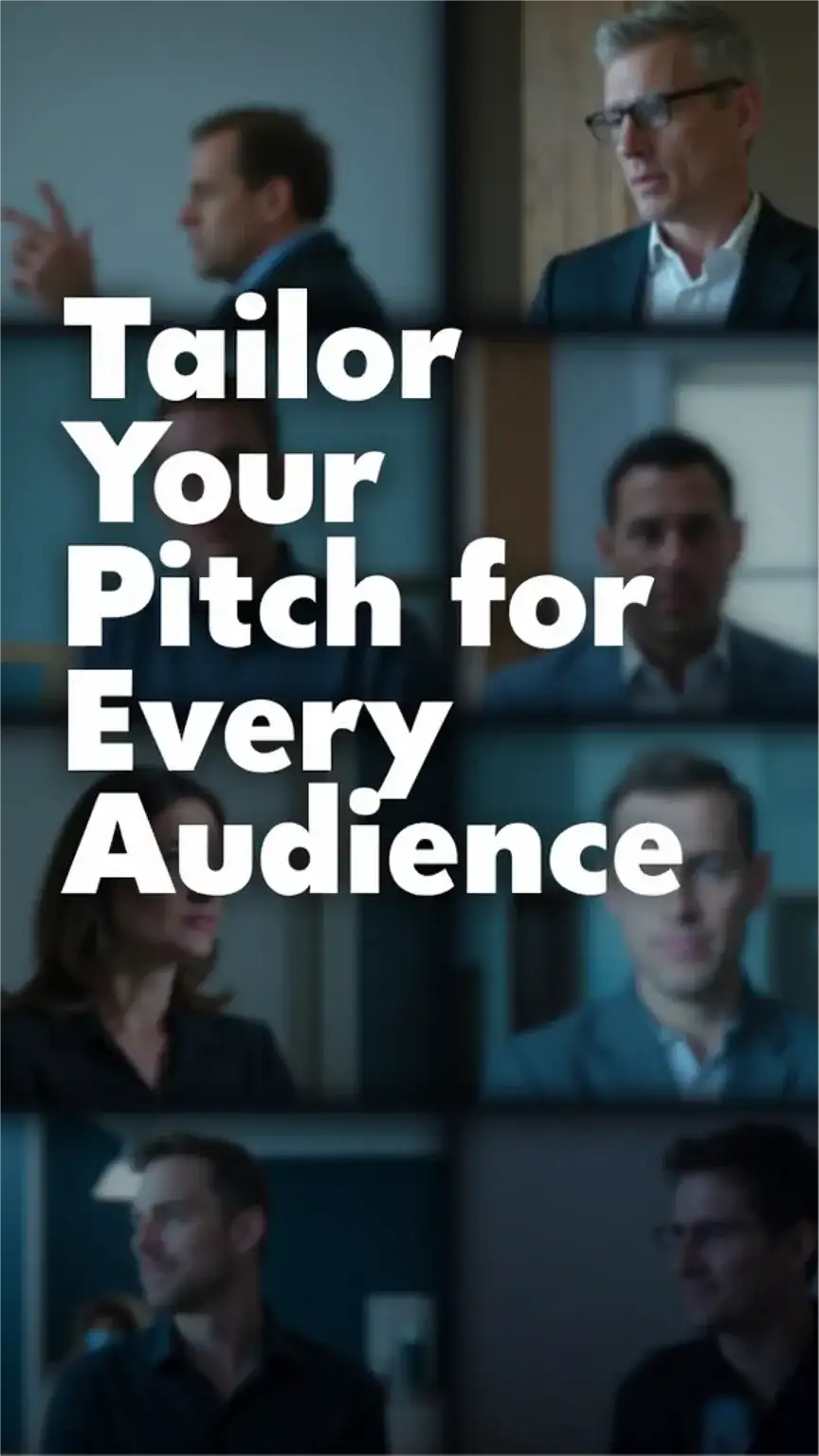
If you’re speaking with someone in a related but different industry, you might emphasize transferable skills. If you’re talking to a potential client, you’ll want to focus on how you can solve their specific problems. This adaptability shows you’re thoughtful and attentive. It demonstrates that you’ve done your homework and are genuinely interested in connecting with them.
Bonus Hack: Visual Aids and Their Subtle Power
While not always feasible for a true elevator ride, the principle of visual aids can be applied to other professional introductions. Think about your LinkedIn profile photo, your business card, or even a concise digital portfolio. These are all visual extensions of your pitch. A high-quality, professional photo can instantly convey credibility and approachability. Similarly, a well-designed business card can reinforce your brand.
For situations where a brief presentation might be possible, consider a single, impactful slide or a physical prop that illustrates your work. For example, a designer might have a sample of their best work, or a chef might offer a small tasting. These visual cues can make your pitch more memorable and tangible. However, always ensure the visual aid enhances, rather than distracts from, your verbal message.
The Takeaway: Own Your Narrative, Open Doors
Crafting a winning elevator pitch takes time and dedicated practice, but the payoff is immense. It’s your tool for making strong first impressions, sparking interest, and opening doors to new opportunities. Remember to focus on your unique value proposition, highlight the benefits you bring, and weave in compelling stories. Most importantly, practice until your pitch feels natural and confident.
Ladies, bookmark this for the man in your life who ‘has nothing to say’ when asked what he does. A strong elevator pitch is a game-changer for professional success and personal confidence.
Ready to own your image and articulate your value? Start by defining your core message and practicing one of the steps above today. Share your #StyleUpgrade on Pinterest or your favorite socials! Tag a friend who needs a style intervention and let’s elevate our professional game together.
